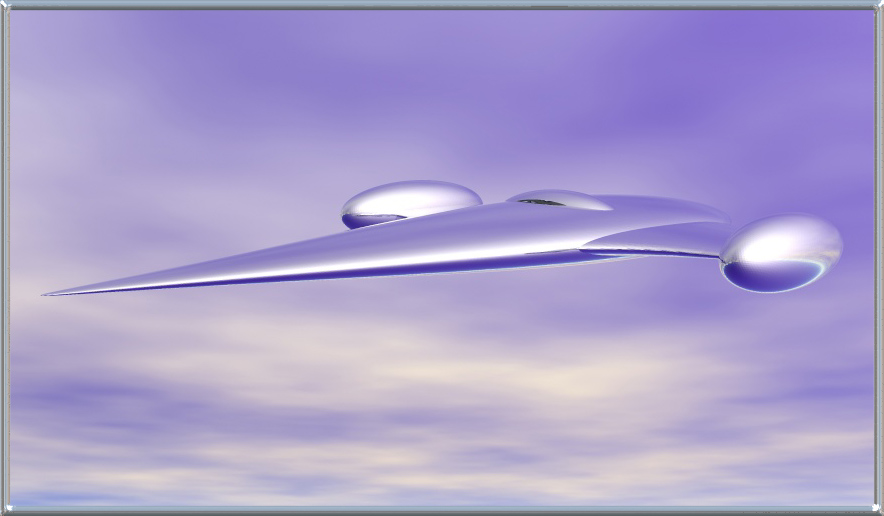Paper spaceplane might inspire new designs for future spacecraft
London, Jan 22 : A Japanese engineering professor is collaborating with origami experts to design a small paper spacecraft, which could inspire new designs for lightweight re-entry vehicles in the future.
: A Japanese engineering professor is collaborating with origami experts to design a small paper spacecraft, which could inspire new designs for lightweight re-entry vehicles in the future.
According to a report in New Scientist, Shinji Suzuki from the Department of Aeronautics and Astronautics at the University of Tokyo, aims to launch this origami spaceplane from the International Space Station and also survive a descent to Earth.
Suzuki worked with members of the Japan Origami Airplane Association on the design for the plane.
They first collaborated a decade ago to design a 3-metre long paper plane shaped like a space shuttle, which was launched from the top of a mountain.
“The origami space plane will be a similar design, but only about 20 centimetres long and with a rounded nose to minimize aerodynamic heating,” said Suzuki.
It will also be chemically processed to incorporate silicon in the paper structure, increasing its heat resistance, although the plane shouldn't be subjected to the fiery temperatures endured by heavier objects as they hurtle toward Earth, the report said.
“When released from the International Space Station, it would be travelling at Mach 20, but thanks to a large surface area and low weight, it should slow considerably as it falls through the upper layers of the Earth's atmosphere,” said Suzuki.
As for the implications that this paper plane might have for the scientific community, Suzuki said: “The novel craft could inspire new designs for lightweight re-entry vehicles, or for planes to explore the upper reaches of the atmosphere.”
But skeptics say that the paper spacecraft might only work in theory and would not be practically feasible.
“In theory, the plane could come all the way down to the ground without ever getting that hot,” said Steven Schneider from Purdue University.
But, in reality, a paper plane wouldn't show up on radar and would be extremely difficult to observe through a telescope.
"You'll drop it off and it'll disappear," Schneider told New Scientist. "It's a nice gimmick, but without a way to observe the thing, it's not much more than a nice idea," he added.
This drawback might be corrected by Suzuki, who plans to develop an ultra small tracking device to attach to the plane.
A smaller prototype paper plane was tested up to Mach 7 and about 200 °C in a hypersonic wind tunnel in Tokyo last week. (ANI)